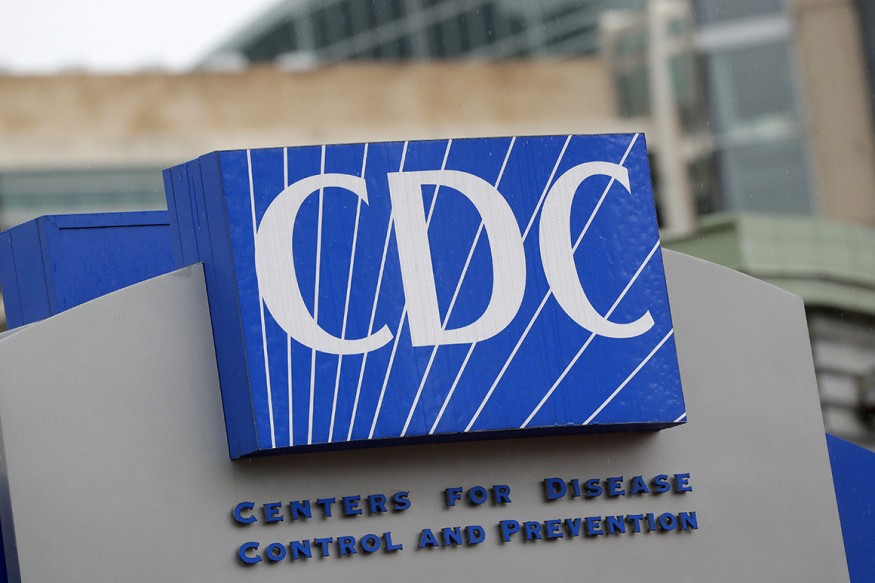CDC Removes Warning About Spread of COVID-19 Through Air
The U.S. Centers for Disease Control and Prevention (CDC) once more reversed a part of their COVID-19 guidance, taking back its warning that the virus can spread through the air.

The CDC guidance is updated again, days after it warned the COVID-19 can spread most commonly through the air, said a Politico report.
CDC said the language explaining that COVID-19 was airborne was a "draft version" posted on the agency's website in error, as said in a note published Monday morning.
"CDC is currently updating its recommendations regarding the airborne transmission of SARS-CoV-2," the note read. They added that the Friday post version would be up on the site once the process is complete.
John Brooks, chief medical officer for the CDC's COVID-19 Emergency Response, apologized during a call Monday. "This was an error on the part of our agency, and I apologize on behalf of the CDC," he said. He added that the agency wasn't "ready to put it up."
The call was done with providers and state and local health officials.
CDC Warnings on Close Contacts
The agency's website is now putting more emphasis on close person-to-person contact. It has been doing so before the change on Friday.
Brooks said it is close contact that is considered "the main mode" of transmission.
According to a CNN report, it is indeed known that COVID-19 can spread through droplets among people who are at most six feet apart. But research is continuing to explore the possibility of the virus staying in the air for farther than the six feet distance.
CNN was the first to report on the changes on Sunday, and CDC told the news outlet on Monday that it will go back to the previous guidance.
No Pressure on CDC
A federal official who was familiar with the matter said there was no pressure involved in the change.
They said the change was "totally the CDC's doing." The update was posted by mistake and "wasn't ready to be dispatched.
The official added that the change was posted without a thorough review by CDC experts. "Somebody hit the button and shouldn't have," they said.
CDC attempted to clarify what they meant by aerosol transmission, said the official.
"It can occur, but it's not the way the virus is primarily being transmitted," they said. The official explained that it was written in such a different way to say this.
From what was changed, it could be understood that it can spread further than expected, which is not the case.
There was no definitive date as to when the revised version of the guidance will be posted.
The CDC's reversal came as the U.S. prepares for flu season and the cooler fall and winter weather. This season could likely drive more people to stay indoors and increasing their risk of exposure to an airborne virus.
The version posted Friday said the virus spreads mainly through "aerosols, produced when an infected person coughs, sneezes, sings, talks, or breathes."
Check these out!
CDC Drops Controversial Testing Guideline that Prompted Backlash
Experts Worried About New CDC Testing Guidelines, 'Change in Policy Will Kill'
New CDC Guidance Acknowledges Coronavirus Can Spread Through Air
Subscribe to Latin Post!
Sign up for our free newsletter for the Latest coverage!
© 2026 Latin Post. All rights reserved. Do not reproduce without permission.















